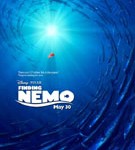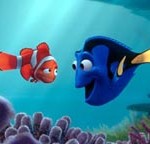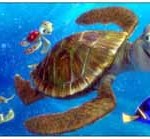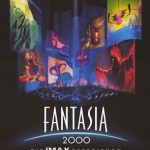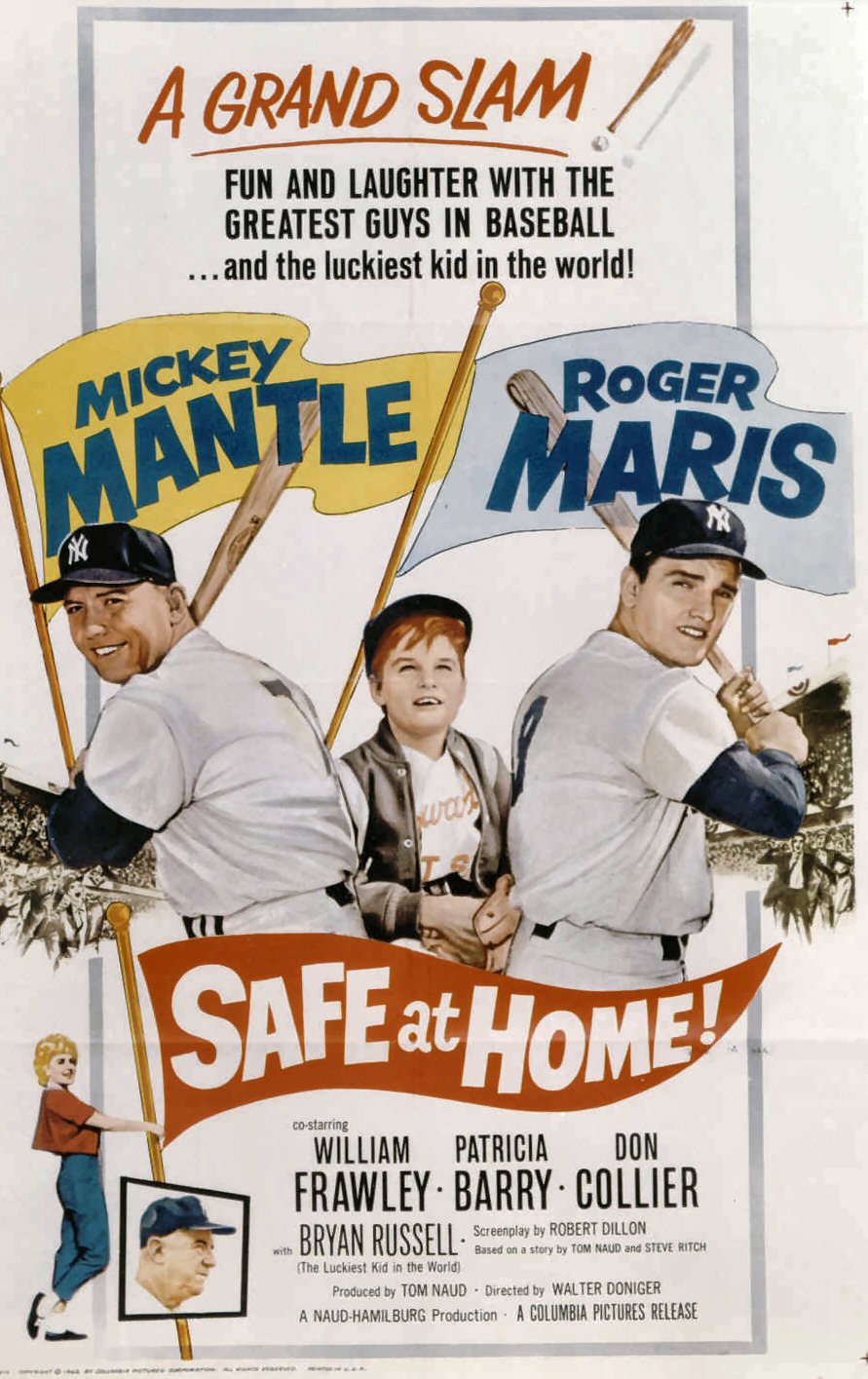It’s been a while since I’ve been genuinely excited about an animated Disney film. I’ve enjoyed pretty much the whole lot of them, especially Lilo and Stitch and The Emperor’s New Groove, but the magic has shifted to one of Disney’s partners, Pixar.
Between both of the Toy Story films, Monsters Inc. and A Bug’s Life, Pixar has not only set the standard for computer animation, they’ve continued to raise the technique with each ensuing outing. While that’s all fine and dandy to my spectacle-loving eyes, each of Pixar’s features have excelled in the writing department as well telling good stories. Finding Nemo is no different.
As far as the story goes, it’s pretty simple. Marlin (voiced by Albert Brooks) is a single dad clown fish who’s over protective of his only son Nemo (Alexander Gould). And rightfully so considering the circumstances that made Marlin single in the first place. Nemo gets captured and Marlin braves the vast ocean and all of its delightful creatures and predators to find him. There’s a trio of sharks trying to reform against their expected fish-feasting ways, some surfer dude sea turtles catching a ride on the currents and Dory (Ellen DeGeneres), a tropical fish with a short-term memory problem (and no, Dory isn’t on the hunt for her significant other’s murderer, getting cryptic memory-jogger tattoos along the way).
On the other side of the ocean Nemo is involved in a parallel story that finds him stuck in a dentist’s aquarium facing certain death when he becomes a birthday present for the dentist’s terror of a niece. So with the help of the aquarium’s veterans, led by Gill (Willem Dafoe), Nemo tries to hatch an escape before he becomes flushing fodder at a toilet bowl funeral.
Like Pixar’s first four outings, Finding Nemo is a visual wonder. To begin with you’ve got the trademark facial expressions that reflect the voice actors. This technique has been used at Disney for years but I still can stop marveling at it. But where the computer animation truly shines this time around is in the panoramic underwater shots and the lighting techniques. In just a couple of transition shots the animators establish the underwater corral Marlin and Nemo call home as a distinct community filled with all kinds of colourful life forms and rock-clinging structures. All the while sun beams are streaking through the shallow waters, throwing natural spotlights on the whole thing.
But the film isn’t all about looking good. It feels good too. The parallel stories of Marlin and Nemo both follow a simple structure. Both have direct motivations that challenge them for personal growth. Marlin has to learn to let his son live a less sheltered life. Nemo must prove that he’s more than a proverbial little fish in the biggest pond of all. The motivating factors are always in the forefront keeping the story moving forward. It’s writing basics 101, a technique that might not win awards but it will keep an audience entertained for 90 minutes.
In keeping the visuals as simply a spring board for a well told story, Pixar has made a film in the vein of the Disney animation renaissance of a decade ago. Compelling and entertaining characters were brought on board to spin a magical yarn filled with wonder and were applicable to the audience watching them. Somewhere along the line the bottom line took over at Disney as fairy tales gave way to bastardized sequels and unnecessary complexity. There is only one brand in films I have total faith in and it’s got a lamp for a logo.
Finding Nemo leaves little doubt that Pixar is not just a trend setter and innovator in computer animation. They also ensure that the label ‘family film’ isn’t ‘a movie only your tots will enjoy’ but something that actually is for everyone.
Finding Nemo Gallery
Trailer
